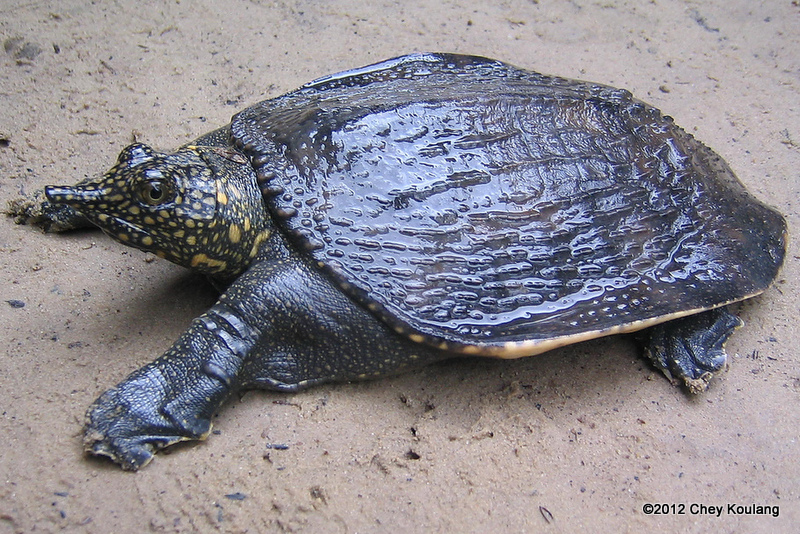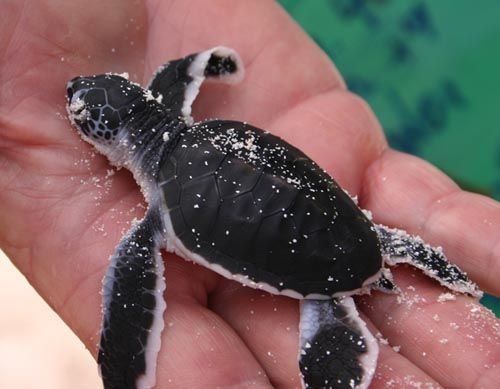The black softshell turtle is also called Bostami turtle. Scientifically it is known as Nilssonia nigricans. Previously it was placed in genus Aspideretes is a species of freshwater turtle found in India (Assam) and Bangladesh (Chittagong and Sylhet). It was firmly considered to be inbred individuals of the Ganges softshell turtle(A. gangeticus or N. gangeticus) or the Indian peacock softshell turtle, but while it is a close relative of the latter, it is a distinct species.

It is in the kingdom of Animalia and it’s phylum is Chordate. Originally it is native to the lower Brahmaputra River, the only population ever reliably known consists of a small number of the species in a man-made pond which is part of the Bayazid Bastami shrine at Chittagong, where they are dependent on humans for survival. To the natives and worshipers, the black softshell turtle is known or considered as mazari ("Mazar inhabitant").Specimens from this monastery were used in the first scientific description. Two tiny wild populations were found in Assam, in Kaziranga and in the Jia Bhoroli River which is a northern tributary of the Brahmaputra. Also, another shrine population of these turtles was identified in the Kasopukhuri pond on Nilachal Hill, next to the Kamakhya Temple at Guwahati in Assam.

The IUCN classified the species as Extinct in the Wild in 2002.In 2004, 408 turtles were discovered in the pond of the Bayazid Bastami shrine. According to the shrine committee staff, 90 more turtles were hatched in the pond in 2007, 74 in 2008, 96 in 2009, 28 in 2010, 45 in 2012 and 40 in 2014.
In 2017, a singular wild turtle was discovered in the wetlands of Old Akuk Village in Wokha District, Nagaland. DNA from the specimen sent to Bangladesh for testing and ultimately the scientists confirmed that it was a member of the Black softshell species.

The turtles basically showed signs of lack of nutrition and a lack of suitable nesting space which resulted in eggs.These were being deposited in areas where there was little chance of hatching. The aim of the project is to eventually rear and release juveniles from these captive colonies to supplement depleted wild populations. In order to succeed in this project, the TSA India team camped at the Nagshankar temple in April to observe nesting in the 40-45 adult females at that location.
Photo credit Google
Hi! I am a robot. I just upvoted you! I found similar content that readers might be interested in:
https://infogalactic.com/info/Black_softshell_turtle
Downvoting a post can decrease pending rewards and make it less visible. Common reasons:
Submit